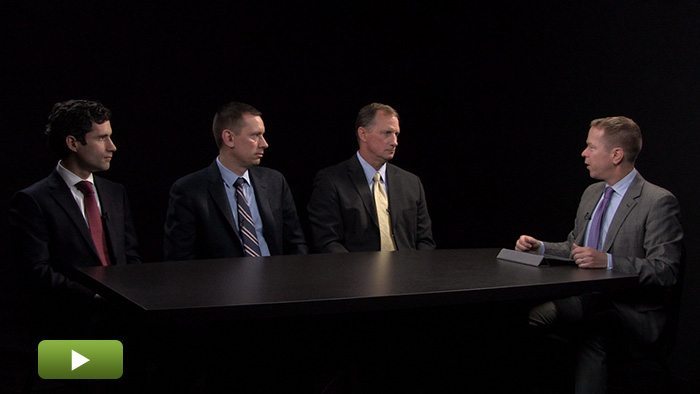Transitioning a CEO After an Investment
GPs end up transitioning the founder or CEO of a company to a different role about 80 percent of the time. Experts from The Riverside Company, 3i and ADP discuss.
After a private equity firm makes a deal with a company, one important initial step is to assess the human capital within the organization. And that often involves transitioning the founder or CEO to a different role.
According to Michael Thompson, an operating partner at The Riverside Company, this actually happens about 80 percent of the time.
“We’re more often than not trying to get the founder out of a functional discipline that they’ve been very adroit at,” says Thompson. “And it’s what led to the growth of the business.”
Despite this being the norm, CEOs—particularly, the founders of businesses—struggle in that transition in which they are advised to bring in talent and must acquiesce some of their responsibility and decision making.
But it may be right for the business. “If you can get that, it’s amazing how much more commercial or how much more aligned your decision making tends to be about what resources are needed,” says Richard Relyea, a partner at 3i.
You can watch a clip here:
Watch the full video or download the transcript here, in which experts from The Riverside Company, 3i and ADP discuss other alignment challenges and the best practices in vetting founders and CEOs prior to an investment.
GPs end up transitioning the founder or CEO of a company to a different role about 80 percent of the time. Experts from The Riverside Company, 3i and ADP discuss.
